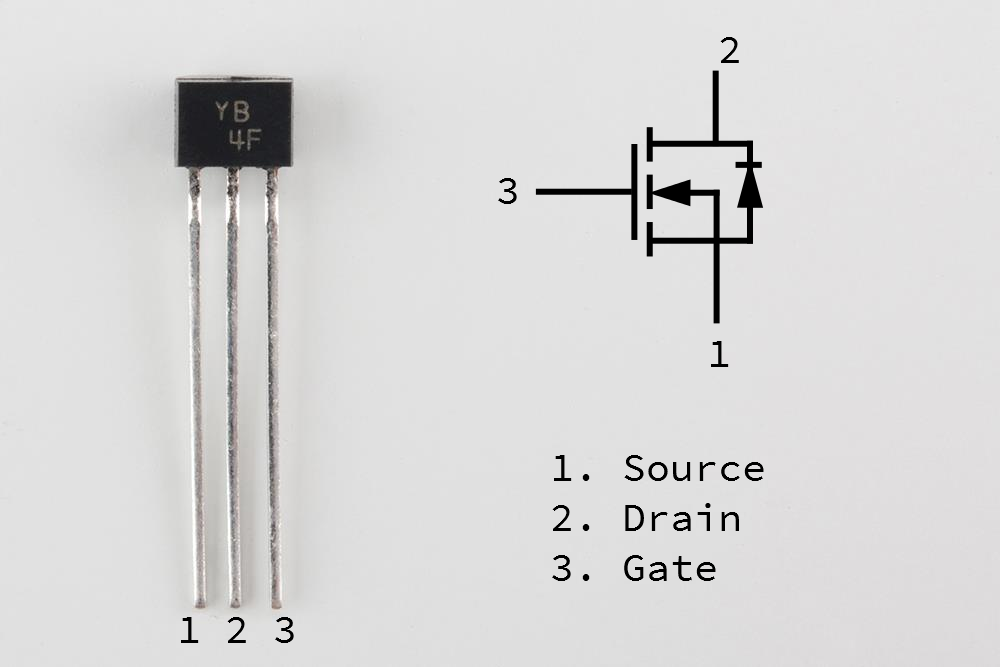An analog television station made from a pyboard and two external components.
- A pyboard. Tested with a version 1.0 board running at 168 MHz FIXME: Test on v1.1 board
- An N channel signal MOSFET. I used a 5LN01SP from a SparkFun Discrete Semiconductor Kit (component identification guide)
- A small 1kΩ resistor.
- DAC 1 (X5) - outputs the video signal
- X1 - outputs the RF carrier
(X1)──┐
┌┴┐
│1│ r = 1 k ohm
│k│
└┬┘
└──┐
├─────────── to wire antenna
gate┃┠─┘drain
(X5)──┨┃
┃┠─┐source
└─────┐
─┴─
╶─╴
─
gnd
The FET acts as a voltage-variable resistive load to modulate the amplitude at the antenna node. A short length of wirewrap or magnet wire will suffice for single-room coverage.
The magic numbers for blanking_level, black_level, and white_level were found experimentally. More greyscale range can be gotten by modifying the schematic or using a better suited mosfet mixer.
The pyboard's DAC is rated for 1 MHz operation, which corresponds to
the default argument of hres=64 for the constructor. NOTE: hres
should be even if progressive == False (else you'll get a jittery
picture)
On my pyboard, it worked up to hres=124 interlaced but not above.
After a code refactor, it works up to hres=250 progressive scan, with higher resolutions
inaccessible due to both lack of available memory and DAC slew rate limitation.
progressive=False results in ~ 30 fps interlaced with 482 lines vertical resolution. progressive=True results in ~ 60 fps with 241 lines vertical resolution.
- mandelbrot set zoom
-
tilt pyboard to control cursor, press USR button to zoom in.
-
Hold USR button for > 1 second then release to double iterations.
-
Hold USR button for > 1 second, flip pyboard over, then release to toggle julia set mode.
-
It uses single precision floats so don't expect to be able to do deep zooms.
-


